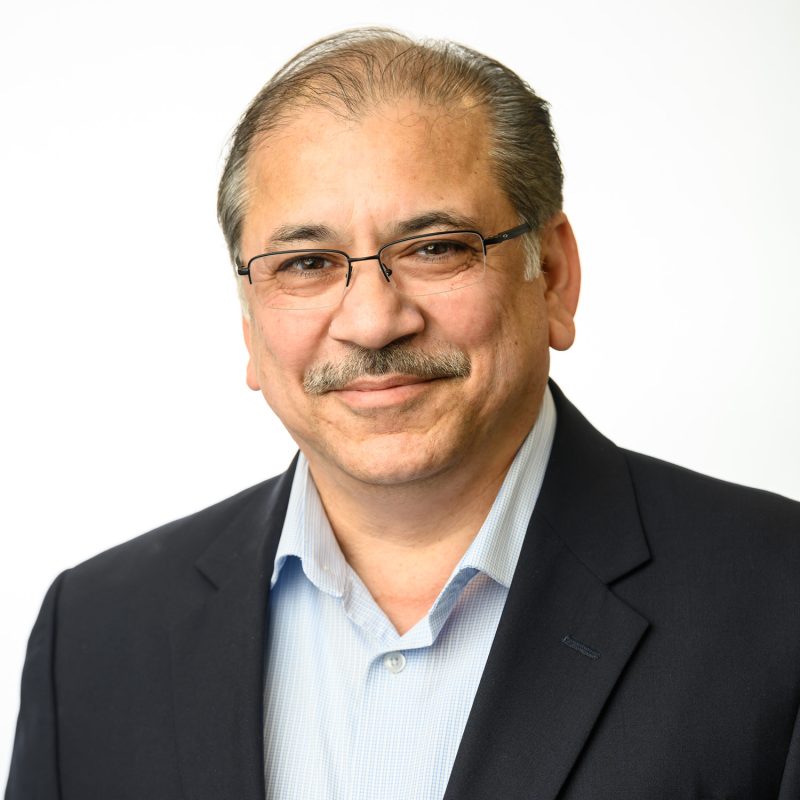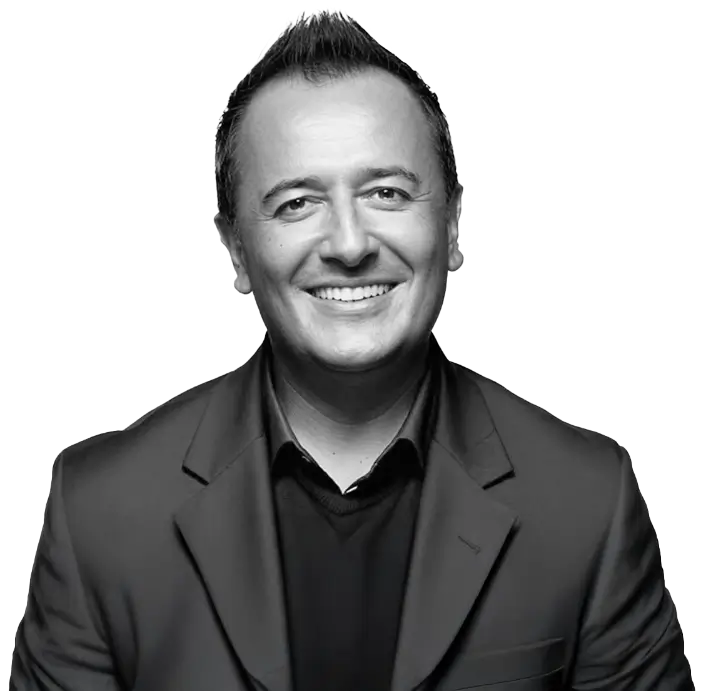Cochlear implants are often held up as an alternative to hearing aids. Although they’re considerably more expensive than most other hearing assistance devices, they often allow patients with severe or profound hearing loss to process sound. This is not without its drawbacks, however.
A cochlear implant is a complex piece of technology. And as noted by Johns Hopkins Medicine, it’s also a lifelong commitment. Patients must schedule at least three to four monthly appointments after first receiving the implant, then an appointment every three to six months for the first year, and an annual appointment after that.
In a time when in-person appointments still carry an element of significant risk, this isn’t especially feasible. The same goes for patients with limited mobility. To this point, there’s been little recourse—but in 2022, that’s going to change.
Cochlear Limited, a globally-recognized leader in implantable hearing solutions, announced last month that it had received clearance and approval from the Food and Drug Administration for a new function known as Remote Assist.
Through Remote Assist, audiologists can directly troubleshoot implants and modify programming, eliminating the need for regular in-person visits to a clinic. According to Cochlear, this innovation is part of an ongoing initiative known as Connected Care, in which the company seeks to transform hearing care through modern technology.
“We understand that the expectations and preferences of those using a Cochlear hearing implant change over time. That’s why we use our innovative technology to develop new digital tools that support an evolving care model to meet changing needs,” Mia Visconti, Director of Connected Care Innovation Products & Services at Cochlear Americas, explained in a prepared statement. “With Cochlear’s Remote Care solutions, we can securely provide quality hearing care without requiring a recipient to visit a clinic by leveraging the advanced connectivity features of our Nucleus and Baha Sound Processors and our leading app technology.”
In all fairness, this functionality isn’t new to hearing assistance devices. Standard hearing aids have had remote care functionality for some time. However, it still represents a considerable leap forward for cochlear implants.
Remote Assist is specifically available to cochlear implants with Cochlear’s Nucleus 7 and Kanso 2 processors, and to bone conduction devices with Baha 6 Max sound processors. For the former, Remote Assist is actually the second remote care option available to the devices. The first, Remote Check, combines a hearing test with live video chat.
Cochlear is currently in the process of securing approval from Health Canada. It hopes to finalize approval for Nucleus/Kanso processors before the end of the year, and for Baha processors by early 2022. It also plans to immediately begin a controlled release to the U.S. market, working in close collaboration with both hospitals and audiologists.
Cochlear implants represent some of the most advanced and sophisticated hearing aid technology on the market. The fact that they lagged behind other hearing assistance devices in remote care was a considerable oversight, and one that has finally been corrected.
About the Author:
Dr. Renee Flanagan is the Director of Audiological Care at Hearing Planet. She works with the training and development of Hearing Care staff so they may help the hearing impaired population by following best in class hearing healthcare practices.




